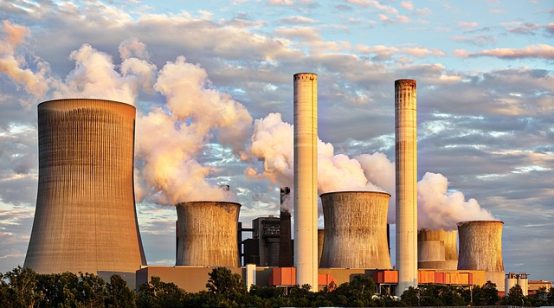
A powerful heat wave is sweeping across the U.S., impacting over 150 million people from the Midwest to the East Coast. Temperatures are climbing toward record-breaking levels, and dozens of cities are experiencing unusually high nighttime temperatures—conditions that significantly raise health risks, especially in urban areas where heat lingers after sunset.
These events are no longer rare. Scientists have consistently linked rising global temperatures to the increase in frequency and severity of heat waves, warning that climate change is intensifying their impact year after year.
Why Heat Waves Are More Dangerous Than Ever
While many forms of extreme weather are linked to climate change, heat waves are among the most directly influenced by rising greenhouse gases. Research shows that every modern heat wave is hotter than it would be in a pre-industrial climate.
Heat events are now occurring earlier and later in the season, lasting longer, and becoming more humid—adding another layer of risk. The high temperatures expected this week, especially in cities like New York and Washington, D.C., are more typical of mid-July or August—not June. And with heat indices predicted to reach 110°F or higher, prolonged outdoor exposure will be dangerous.
Meanwhile, global events mirror these trends. Europe is experiencing its own wave of extreme temperatures. In fact, recent data shows that heat waves striking different parts of the Northern Hemisphere at the same time are becoming more common, fueled by shifting atmospheric patterns.
Scientists Warn: Models May Be Underplaying the Threat
Climate scientists like Dr. Fredi Otto emphasize that global warming has made some of the recent record heat waves—like those in the Pacific Northwest, Siberia, and the UK—either significantly more likely or nearly impossible without human influence.
What’s even more alarming is that the computer models we rely on may not fully capture these extremes. Persistent “heat domes” that trap warmth for days or weeks are showing up more frequently, but they’re often missed by forecasting models. This could mean future heat extremes are being underestimated in official projections.
A recent example from the UK illustrates this well. A heat wave pushing temperatures up to 92°F in Surrey and keeping parts of the country above 82°F for three straight days is now 100 times more likely due to climate change, compared to conditions before widespread fossil fuel use.
Conclusion: The Heat Is Here—and Getting Worse
Heat waves are currently the deadliest form of extreme weather in the U.S., and the early-season surge in temperatures signals more to come. Beyond public health, these events also threaten agriculture, reduce productivity, and strain infrastructure.
With the world continuing to warm, the time to take heat waves seriously is now. Experts warn we may still be underestimating how bad things can get.





